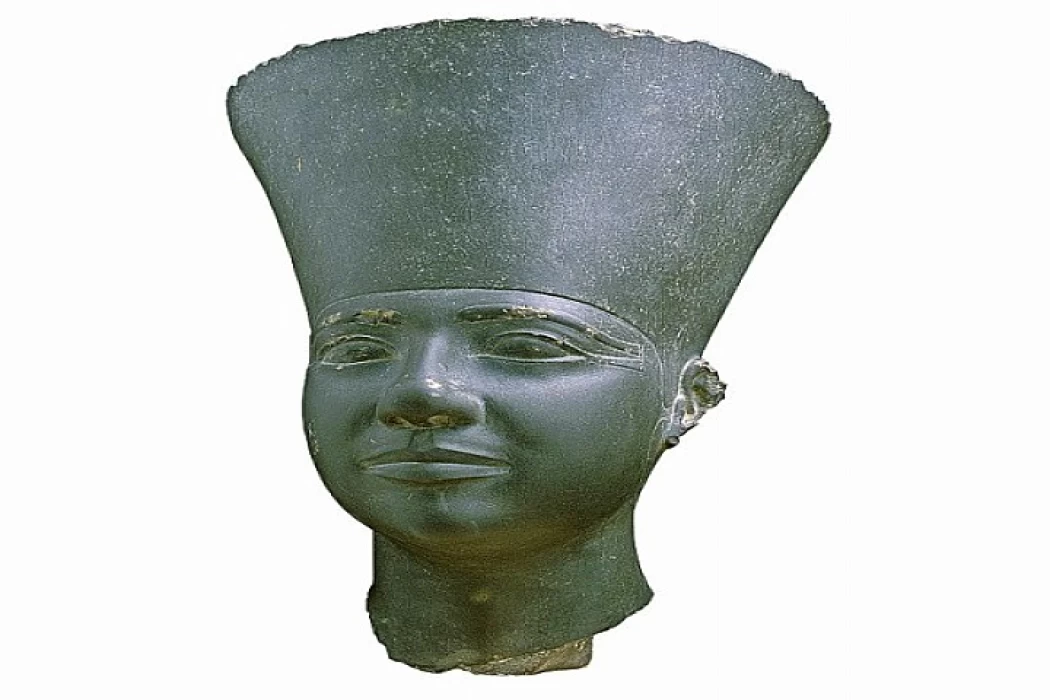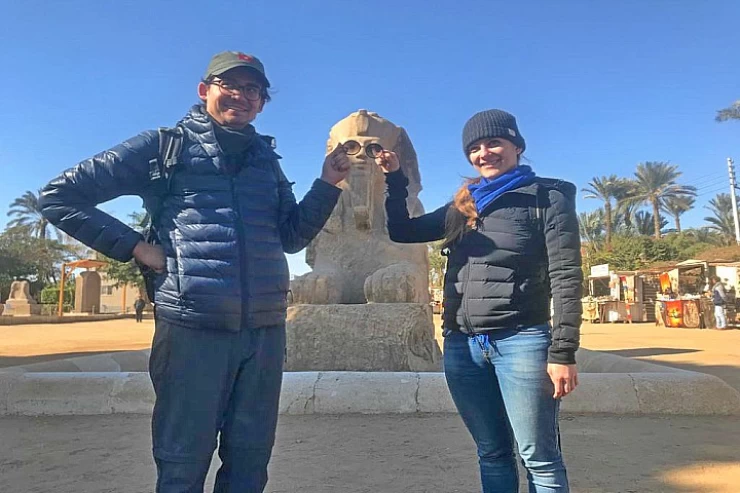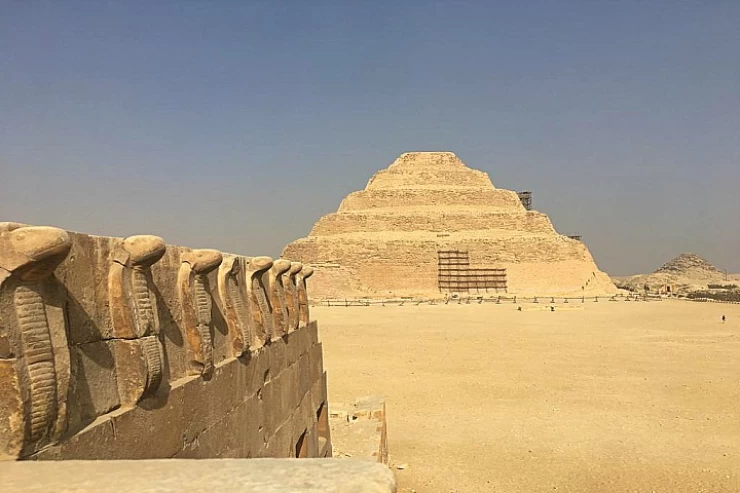
The Fifth Dynasty of Ancient Egypt History
The Fifth Dynasty of Ancient Egypt History
The explanation of the origins of the 5th dynasty of Egypt given in the Westcar Papyrus can be contrasted with contemporary evidence of the reigns of King Sahure and Neferirkara. In his mastaba of Giza, Queen Khentkawes is identified by the title single "mother of two kings of Upper and Lower Egypt." This same title appears in his pyramid (recently discovered by Czech archaeologists), located near the Neferirkara pyramid in Abusir.
During Egypt's 5th dynasty, the Neferirkara Pyramid provided the most important group of administrative papyri in the old kingdom. These documents scatter light on the day-to-day running of a pyramid complex and include detailed records of the products delivered, lists of priests on duty, inventories of temple equipment, and letters. However, the pyramid complex was left unfinished, and its valley temple was later incorporated by King Niuserre (the 6th king of this dynasty) into his own burial complex.
There were no major contradictions between the needs of the world of the gods and the dead and the needs of the living in the 5th dynasty of Egypt. It is possible to imagine without problems a system in which most of the national product was dedicated, in theory, to cover the needs of the deceased sovereigns, their solar temples, and the sanctuaries of the local gods; but which, in reality, was intended to support the majority of the Egyptian population.
During the 5th dynasty, there was an increase in the number of priests and officials who were able to build tombs thanks to their own efforts. Some of these mastabas are among the largest and best decorated in the Old Kingdom, as in the case of the tombs of Ti ( Saqqara ) and Ptahshepses ( Abusir ), both probably from the reign of Niuserre. Many of them are located in provincial cemeteries rather than in the environment of the royal pyramids. Surely, this relaxation of dependence on royal favor was
accompanied by a corresponding variety in the form and artistic quality of the statues and reliefs.
Kings f the 5th dynasty: 2465–2323 B.C.
- Userkaf 2465–2458 B.C.
- Sahure 2458–2446 B.C.
- Neferirkare 2446–2438 B.C.
- Shepseskare 2438–2431 B.C.
- Neferefre 2431–2420 B.C.
- Niuserre 2420–2389 B.C.
- Menkauhor 2389–2381 B.C.
- Isesi 2381–2353 B.C.
- Unis 2353–2323 B.C.
Latest Articles
Admin
Seabourn Sojourn Cruise Stops in Safaga Port
The Seabourn Sojourn, the flagship vessel of Seabourn Cruise Line's ultra-luxury fleet, was built in 2008 at the T. Mariotti shipyard in Genoa, Italy. Measuring 198 metres, it can accommodate up to 450 guests in its 225 spacious all-suite staterooms.
Admin
Norwegian Sky Cruise Stops in Safaga Port
Norwegian Cruise Line operates a cruise ship called the Norwegian Sky. It was constructed in 1999 and can accommodate 2,004 passengers in addition to 878 crew members. The ship has several dining establishments, lounges and bars, a spa and fitness center, swimming pools, and a number of entertainment areas.
Admin
Explora II Cruise Stops in Safaga Port
Explora II, the second vessel in the Explora Journeys fleet, sets sail in 2024 to redefine luxury cruising. With 461 ocean-front suites, 9 culinary experiences, and 4 pools, this haven of sophistication and sustainability promises an unforgettable "Ocean State of Mind" journey to inspiring destinations.
Admin
Mein Schiff 6 Cruise Stops in Safaga Port
The Mein Schiff 6 is the latest cruise ship in the renowned TUI Cruises fleet, offering passengers a luxurious and sophisticated cruise experience. At 315 metres long, this floating resort features a range of dining options, entertainment, and recreational facilities, including a spa, fitness centre, and sports amenities.
Admin
Mein Schiff 4 Cruise Stops in Safaga Port
When the Mein Schiff 4 cruise ship docks in Safaga, Egypt, passengers are granted access to a realm of ancient wonders. Aboard this state-of-the-art vessel, guests can embark on meticulously curated shore excursions that showcase the region's most iconic landmarks, including the Giza Pyramids, the enigmatic Sphinx, and the remarkable tombs and temples of the Valley of the Kings in Luxor.
Admin
MS Europa Cruise Stops in Safaga Port
The Silver Moon, Silversea's latest flagship, is a luxury cruise ship that offers an exceptional travel experience for Venezuelans exploring Egypt. With a capacity of 596 guests and an impressive 40,700 gross tonnes, the Silver Moon maintains the small-ship intimacy and spacious all-suite accommodations that are the hallmarks of the Silversea brand.















